
This article is part of the Canine Manners 101 dog training series.
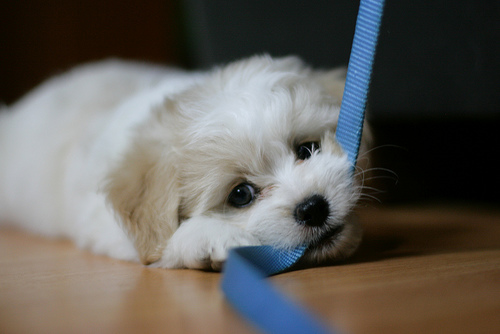
Walks should be a huge part of every dog抯 life and a pup that walks nicely on leash is a pleasure to stroll with. However owing a pooch that doesn抰 behave on outings means your dog is less likely to experience them. Don抰 let your dog miss out on all sights and smells of the world! Using positive reinforcement, simple methods and a bit of patience, your dog can be a polite walker! In this article I抣l address the problems of dogs that pull on walks, those who lag behind and puppies who bite their leashes.
Why they do it? Having a dog that strains or pulls during a walk doesn抰 make for a relaxing jaunt. You may yell and express disapproval at his behavior, however, your dog continues his pulling behavior. Why? Because it is rewarding for him. He pulls towards an object he is interested in and in turn, gets to that object sooner. He pulls towards another dog or a person he wants to greet and receives instant gratification.
What To Do To Stop Leash Pulling:
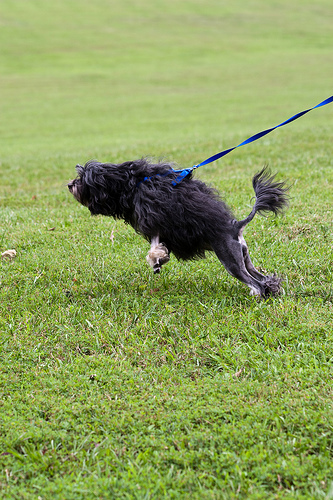
In order to stop your dog from pulling on the leash during your walks, you need to halt his behavior pattern as soon as it starts. This can be done with zero yelling, yanking or jerking. It is actually a very passive process. It does however take a great deal of patience.
1. Start out on your walk and say 揕et抯 Go? Use this command to illustrate that you抎 like your dog to walk with you ?not in front of you or lagging behind you.
2. The second the least goes taut (that your arm leaves the relaxed position at your side) ?STOP WALKING. Pretend you are a tree. Do not move one step further.
3. When your dog looks back at you (this can take a few seconds), praise him. Then get him to come back towards you by taking a few steps backwards. As soon as he does this, praise and treat with a high value snack. Repeat 揕et抯 Go?Then continue moving forward.
4. Keep in mind you may only move forward a few steps without having to stop when you first start implementing this technique. However, as your dog begins to catch on, you抣l soon see that he抣l realize being at your side is a much more rewarding location than in front of you!
Why they do it? Many puppies that are not comfortable with walking on a leash will lag behind or stop altogether, plop down and refuse to walk. While these issues are usually a natural part of the training process, they can be frustrating and you don抰 want them to develop into a chronic behavioral problem
What To Do To Stop Lagging:
1. Weather you are dealing with the lagging issue in a small puppy or an older dog who has not had experience walking on a leash, the most important thing to remember is that you do not want to reward the behavior of stopping with attention. For example, many owners of small dogs get frustrated and pick their dogs up when they stop walking?do you think those dogs are learning how to walk properly on a leash?
2. Don抰 bring your dog along on a walk if he is a lagger and you are in a hurry. You need lots of patience and time to work with these kinds of dogs and it can only cause more problems if you try to rush them.
3. If your dog is lagging behind, start by happily calling towards you. If he is food motivated, offer a treat. Do not bring the treat to your dog, but you can bring it closer to them. Reward any movement forward.
4. Another method to try is to run backward from your dog, as this sometimes stimulates the canines 揷hase instinct?and is a way to get an unsure dog moving.
5. Dogs who are not used to the leash should wear one in the house (dragging from their collar ?supervised!!) in order to acclimate to the sensation.
6. Use lots of positive reinforcement and do not ever pull or drag your dog. You want to make this a fun experience!
Why they do it? This habit is mostly seen in puppies that believe that their leashes are another one of their many toys! Occasionally this behavior is seen in dogs as well. It can be an annoying problem for owners who are trying to train their dogs to walk politely on leash!
What To Do To Stop Leash Biting:
1. Spray his leash with a bitter anti-chew spray such as 揃itter Apple? While these sprays aren抰 effective with 100% of all dogs, most of them find the taste to be unpleasant.
2. Keep his leash out of his reach. Hang it up on a hook or keep it on a shelf, but don抰 allow it to fall on the ground where it can be confused for another dog toy.
3. Teach your dog the 搇eave it?and 揹rop it?commands. They抣l come in handy at many points in his life, not just when he抯 wrestling with his leash!
4. Ignore his behavior. The more you tug on the leash, the more he believes it is a game. If you don抰 respond to his antics and continue on into the house, he抣l realize he抯 not getting the desired response and soon stop trying.
5. Distract him with another object of interest, such as a squeaker toy or even a training exercise. This is a great time to take the leash off of him without a battle!
Now you have the tools to solve some of the most common leash related problems, so grab some tasty treats and get to work! The sooner you break those bad habits the happier everyone will be!
Canine Manners 101 Training Series
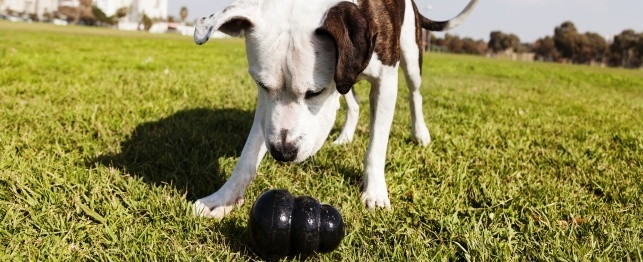 Commercial Brain Games Challenge Your Dog
Commercial Brain Games Challenge Your Dog
Commercial Brain Games Challenge Your Dog
Commercial Brain Games Challenge Your Dog
 Dog Dudes: Surfing Dogs
Dog Dudes: Surfing Dogs
Dog Dudes: Surfing Dogs
Dog Dudes: Surfing Dogs
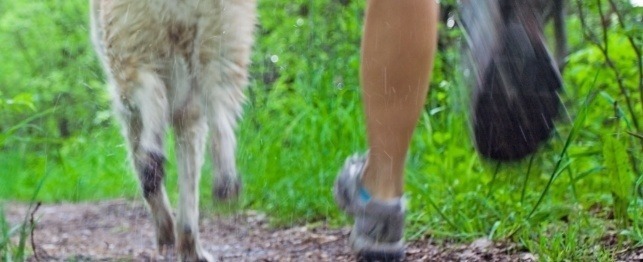 Does Your Dog Need More Exercise?
Does Your Dog Need More Exercise?
Does Your Dog Need More Exercise?
Does Your Dog Need More Exercise?
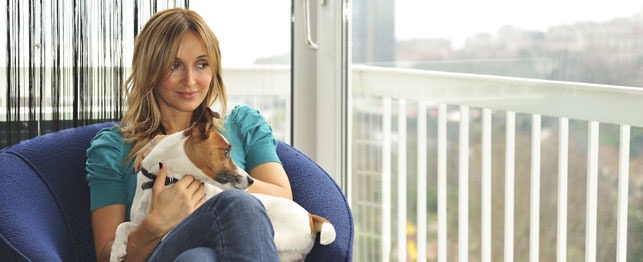 City Slickers: 5 Tips for Urban Living with Cats & Dogs
City Slickers: 5 Tips for Urban Living with C
City Slickers: 5 Tips for Urban Living with Cats & Dogs
City Slickers: 5 Tips for Urban Living with C
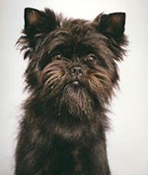 NILIF Behavioral Shaping For Dogs
Why You Should Consider NILIF
Do you have a stubborn, pushy
NILIF Behavioral Shaping For Dogs
Why You Should Consider NILIF
Do you have a stubborn, pushy
Copyright © 2005-2016 Pet Information All Rights Reserved
Contact us: www162date@outlook.com